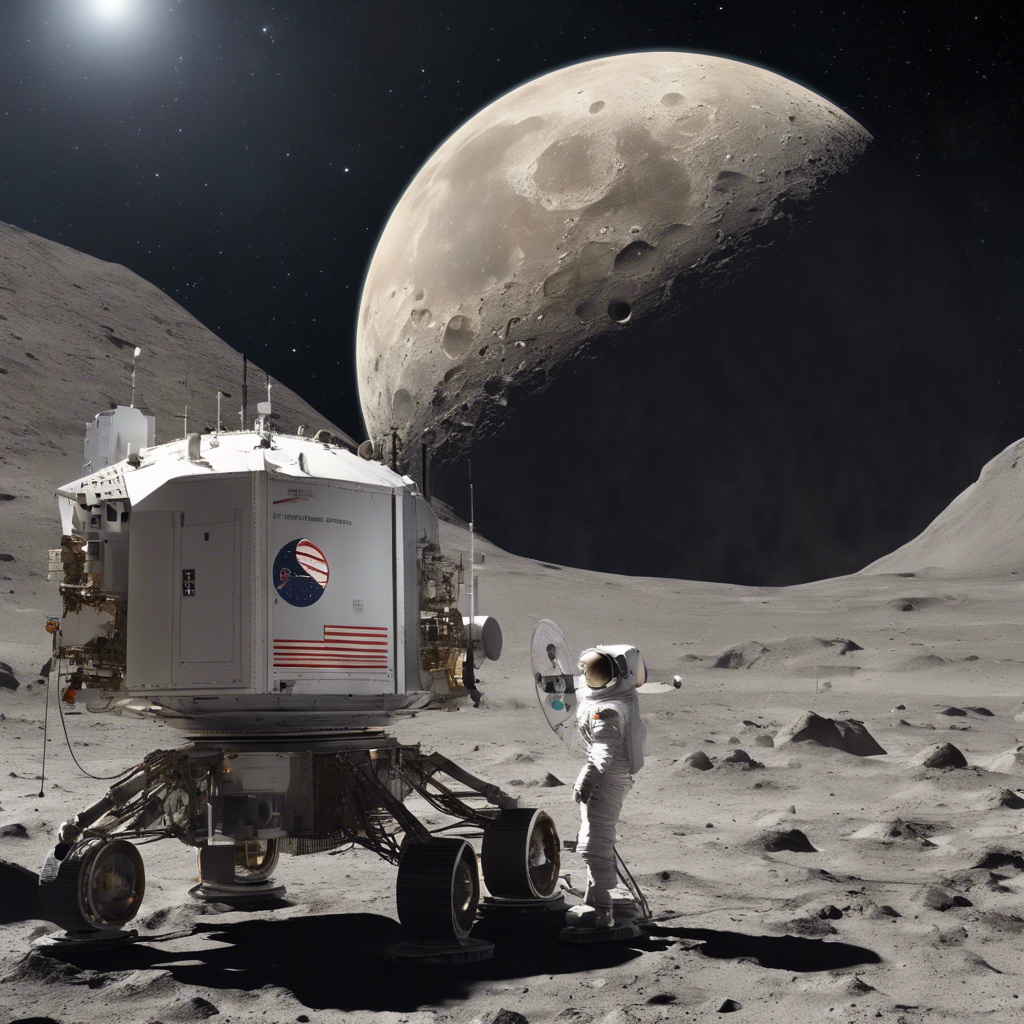Cryogenic fluid management technologies face data access restrictions, impeding NASA’s progress in space exploration.
NASA’s development of crucial capabilities for future missions to the moon and Mars is being impeded by limited access to data from companies working on cryogenic fluid management technologies. Cryogenic fluid management is vital for the storage and transfer of propellants like liquid hydrogen and liquid oxygen in space. However, NASA officials have expressed concerns about the agency’s ability to access the necessary data due to the contracting mechanisms used with various companies. This limitation hampers NASA’s understanding of how these technologies interact with other systems and hinders the improvement of models that could benefit the broader scientific community.
Data Restrictions Impede Progress in Cryogenic Fluid Management
John Dankanich, NASA’s in-space transportation system capability lead, highlighted the challenge of obtaining data from companies working on cryogenic fluid management technologies. NASA is funding several projects related to cryogenic fluid management, either directly as part of the Human Landing System (HLS) program or through separate Tipping Point space technology awards. However, the agency faces difficulties in accessing the data necessary to validate models and understand system design and performance.
The procurement mechanisms used in industry partnerships have led to data restrictions, preventing NASA from testing different configurations effectively. Dankanich emphasized the need for telemetry and data for model validation but expressed frustration at the limited data rights imposed by agreements with companies. Even when data is obtained, restrictions on data rights can limit NASA’s ability to distribute it to others for use in validating models.
Cryogenic Fluid Management and the Human Landing System
The issue of limited data access is particularly relevant to NASA’s HLS contracts, where cryogenic fluid management is crucial for transporting astronauts to and from the lunar surface. However, the primary objective of these contracts is to deliver crew to the moon, rather than developing a cryogenic fluid management system that can be validated. This distinction further complicates NASA’s ability to access the necessary data for improving models and understanding the intricacies of cryogenic fluid management technologies.
Space Act Agreements and Data Access
NASA has awarded several Tipping Point contracts for cryogenic fluid management development. However, these contracts, executed as Space Act Agreements, impose limitations on data access and the ability to direct work on these projects. While NASA pays companies for delivering milestones under these agreements, it has limited opportunities to enforce specific design changes or obtain the desired telemetry and instrumentation.
Mike Green of NASA’s Space Technology Mission Directorate acknowledged the balancing act involved in Space Act Agreements, allowing companies to invest more of their own funds. The agency will continue to monitor the outcomes of these agreements and evaluate their effectiveness in achieving NASA’s objectives.
Cryogenic Fluid Management and SpaceX’s Starship
Cryogenic fluid management is a critical component of SpaceX’s Starship lunar lander effort. SpaceX aims to establish a propellant depot in low Earth orbit, using liquid oxygen and methane, which will be transferred to the Starship lander before it embarks on its journey to the moon. NASA’s Lakeisha Hawkins, assistant deputy associate administrator in the Moon to Mars program office, highlighted the need for SpaceX to mature its cryogenic fluid management capability, including refueling and managing propellant boiloff.
Conclusion:
Limited access to data from companies working on cryogenic fluid management technologies poses a significant challenge to NASA’s progress in developing key capabilities for moon and Mars exploration. The agency’s ability to test different configurations, validate models, and understand system design and performance is hindered by data restrictions imposed by various contracting mechanisms. NASA continues to navigate the complexities of Space Act Agreements and seeks ways to maximize data access while respecting industry partnerships. Overcoming these challenges is crucial for the successful advancement of cryogenic fluid management technologies and the future of space exploration.











